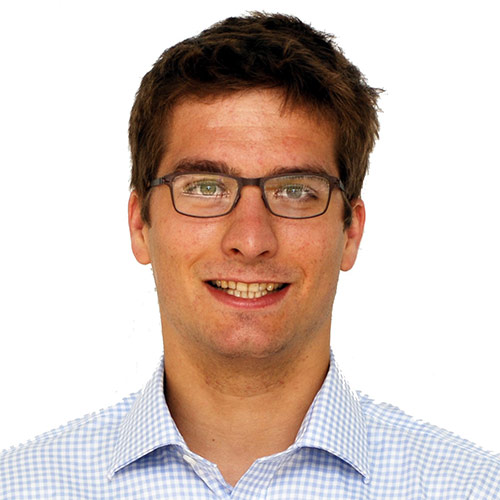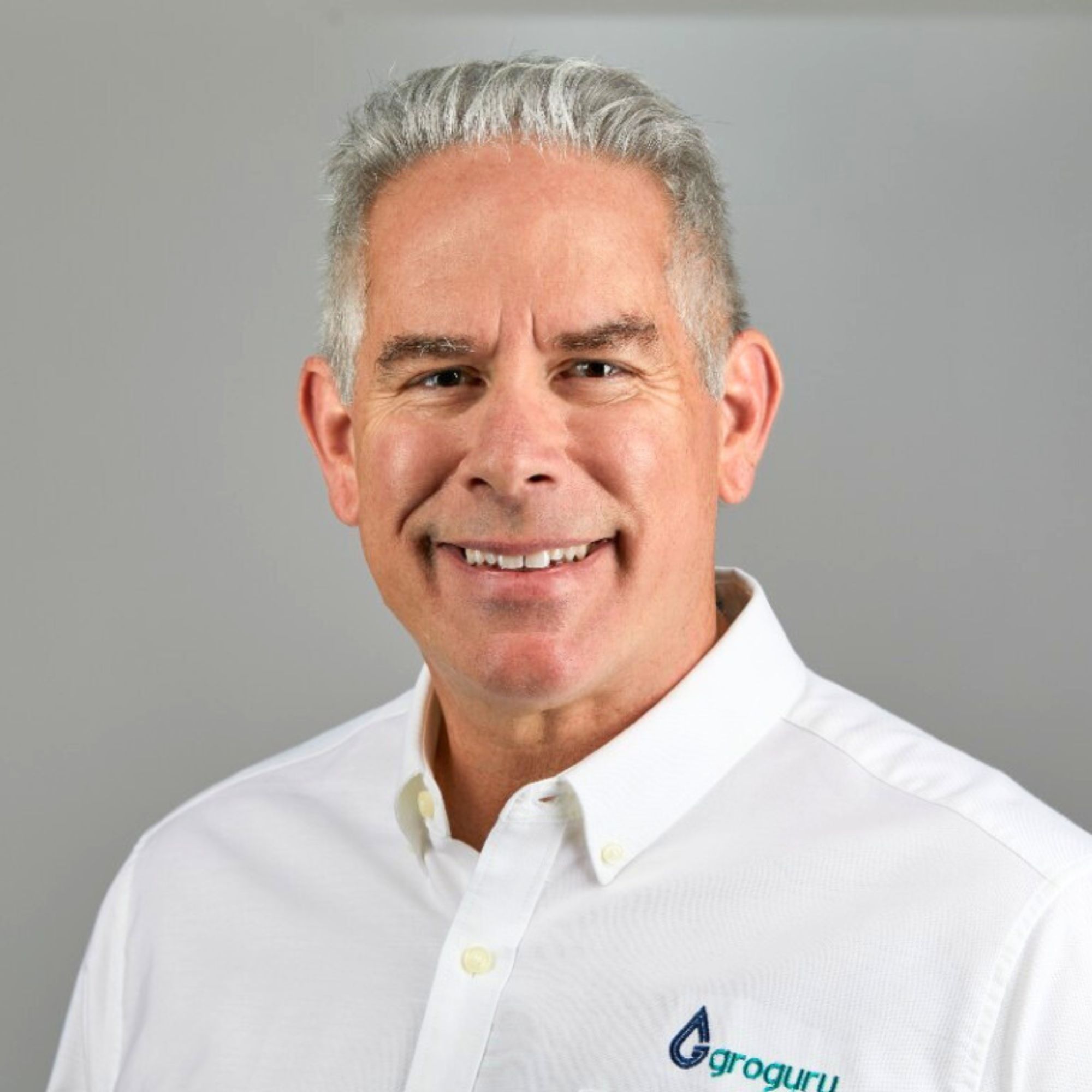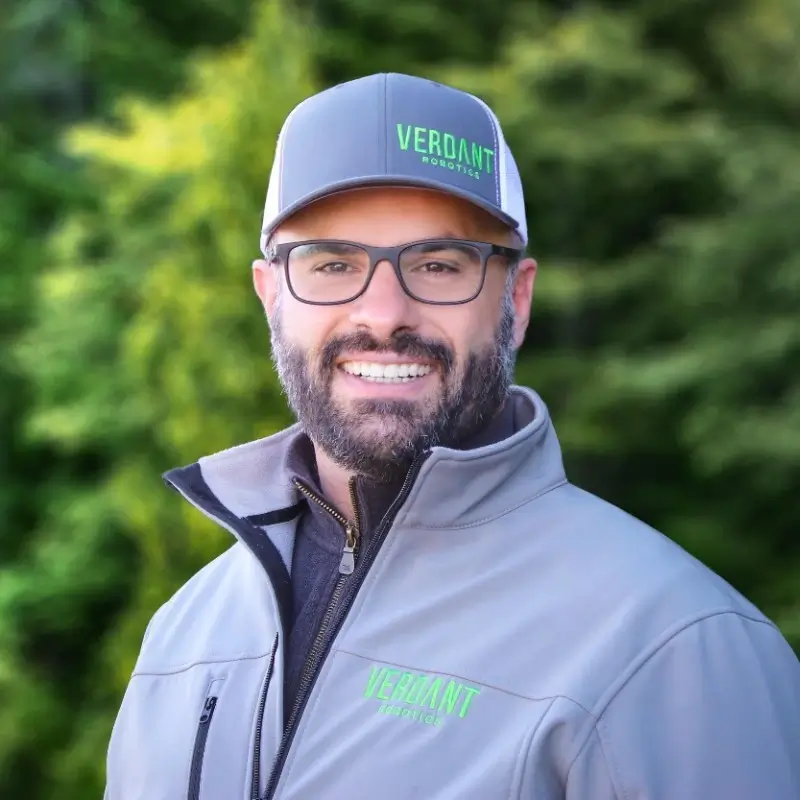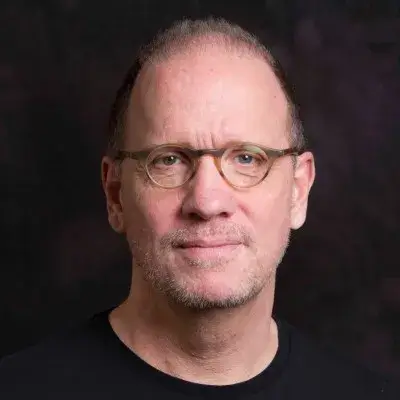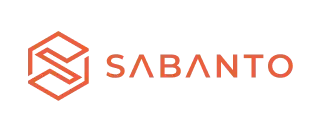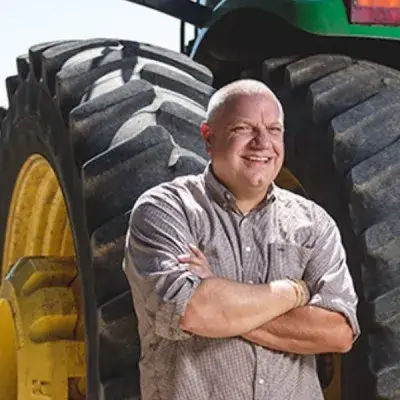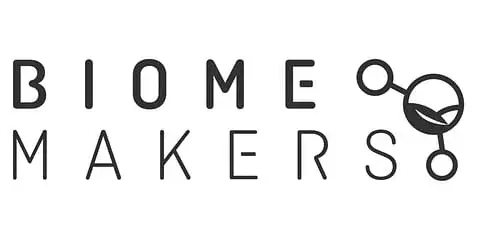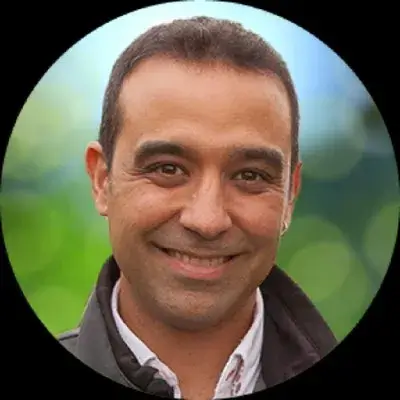Ready to launch your own podcast? Book a strategy call.
Frontlines.io | Where B2B Founders Talk GTM.
Strategic Communications Advisory For Visionary Founders
Conversation
Highlights
From White House Policy to AgTech: How This Founder Built the Third Largest H-2A Visa Platform in Three Years
Most founders build companies around problems they’ve experienced firsthand. But in a recent episode of Category Visionaries, Michael Guirguis shared how an outsider’s perspective and maniacal focus helped SESO become the third-largest H-2A visa facilitator in agriculture, despite his complete lack of farming experience.
The journey started with a simple request from his cousin Marsha, a farmer in California’s Central Valley. She needed help evaluating whether to purchase the neighboring farm. While analyzing her financials, Michael noticed a critical constraint: labor shortage was throttling her growth potential.
Like many tech founders encountering problems in traditional industries, Michael’s first instinct was to build robots. “Before I did what we started doing today, we looked at robotics and automation and strawberry picking robotics,” he recalls. But when he pitched this idea to farmers, their response was illuminating: “Nobody needs another stupid robot. There’s a ton of these guys out there. They’re way ahead of you.”
This early market feedback revealed a crucial insight: while venture capital was pouring into production-side innovations like drones and sensors, farmers were wrestling with a more fundamental challenge – accessing and managing labor.
The breakthrough came during a Thanksgiving dinner conversation with Marsha’s husband from Oaxaca, who mentioned “a visa we treat like gold, but nobody knows how to get it.” This led Michael to discover the H-2A visa program, one of the few uncapped visa categories in the U.S.
Instead of trying to replace agricultural workers with technology, SESO would focus on streamlining the complex process of bringing in and managing legal foreign labor. But entering the agricultural market as an outsider presented unique challenges.
“A lot of people from Silicon Valley, they come here and they try to tell me how to farm,” one farmer told Michael. “But you came here and told me about a program that I’m trying to use that I don’t really understand. And I appreciate that.”
This insight shaped SESO’s go-to-market approach. Rather than positioning themselves as agricultural innovators, they focused on becoming deep experts in labor compliance and workforce management. “We’re staying in our lane and we’re really just maniacally focused on everything related to labor,” Michael explains.
This focused approach yielded rapid results. In their first year, SESO ranked as the 45th largest H-2A agent. By year two, they reached 7th place. Today, they’re the third-largest provider, working with 22 of the 100 largest agricultural employers.
The key to this growth wasn’t just product development – it was earning trust through deep industry immersion. “I spent a ton of time early on just driving and flying to farms all over the country. I’ve visited hundreds of farms in the last few years,” Michael shares. “And we try to do more listening than talking.”
This listening revealed another crucial insight: farms needed more than just visa assistance. Their entire back-office infrastructure was fragmented. “You’ve got payroll software that doesn’t talk to accounting software, that doesn’t talk to your timekeeping software,” Michael notes.
While many founders might have seen this as an opportunity to build multiple products, SESO maintained their focus on labor management. “There’s a lot of really shiny objects,” Michael acknowledges. “AG has so much opportunity for improvement…but we really tried to stay maniacally focused on the labor problem.”
This disciplined approach to product development extends to their sales strategy. Rather than trying to serve everyone, SESO carefully selects customers who share their values. “We’re not just going to say yes to every farm if we don’t think that we have the same values aligned,” Michael emphasizes.
For B2B founders entering traditional industries, SESO’s journey offers valuable lessons: sometimes the best disruption doesn’t come from introducing new technology, but from deeply understanding and streamlining existing processes. Success often depends less on the sophistication of your technology and more on your willingness to become a domain expert in your customers’ problems.
Actionable
Takeaways
Immerse Yourself in Your Customers' World to Uncover Opportunities:
Michael's deep understanding of the agriculture industry comes from spending countless hours visiting farms, shadowing workers, and listening to the challenges facing growers. By embedding himself in his customers' reality, he was able to identify the most pressing pain points and design solutions that directly address their needs. Founders should prioritize firsthand exposure to their target market to gain insights that can't be gleaned from afar.
Focus Maniacally on Your Core Problem to Avoid Shiny Object Syndrome:
While the agriculture industry presents a wide range of opportunities for technological innovation, Michael credits much of SESO's success to the company's unwavering focus on solving the labor shortage. By resisting the temptation to chase tangential problems or markets, SESO has been able to build a comprehensive solution that delivers clear value to customers. Founders should define their core problem and stay disciplined in pursuing it.
Adapt Your Fundraising Approach to Changing Market Conditions:
Having raised capital during both the peak of the fundraising market and the more challenging environment that followed, Michael learned the importance of tailoring his approach to the prevailing conditions. Rather than assuming that what worked in the past will continue to work, founders should be prepared to adjust their strategies and expectations as the market evolves, and focus on building relationships with investors who can add value beyond capital.
Prioritize Decisiveness Over Deliberation to Maintain Momentum:
Looking back on his journey, Michael wishes he had been more decisive in making critical decisions, such as key hires and fundraising moves. While it's important to be thoughtful and consider multiple perspectives, founders can often get bogged down in analysis paralysis, wasting time and energy on choices that ultimately align with their initial instincts. Cultivating decisiveness can help maintain the speed and agility that are a startup's greatest advantages.
Design Your Product Architecture to Enable Future Expansion:
Although SESO is currently focused on the agriculture industry, Michael and his team have built the underlying platform with an eye toward eventually serving other sectors that face similar labor shortages and compliance challenges. By creating a modular and flexible architecture, SESO has the potential to expand into adjacent markets without requiring a complete overhaul of its core technology. Founders should consider how their product design can accommodate future growth and diversification.

